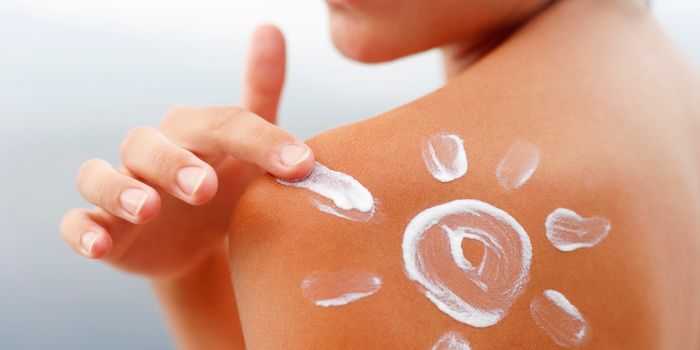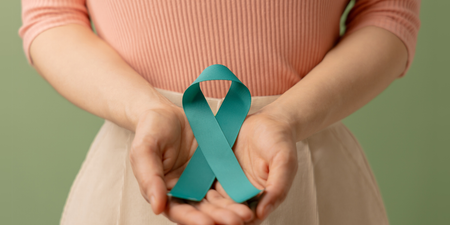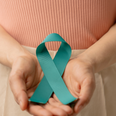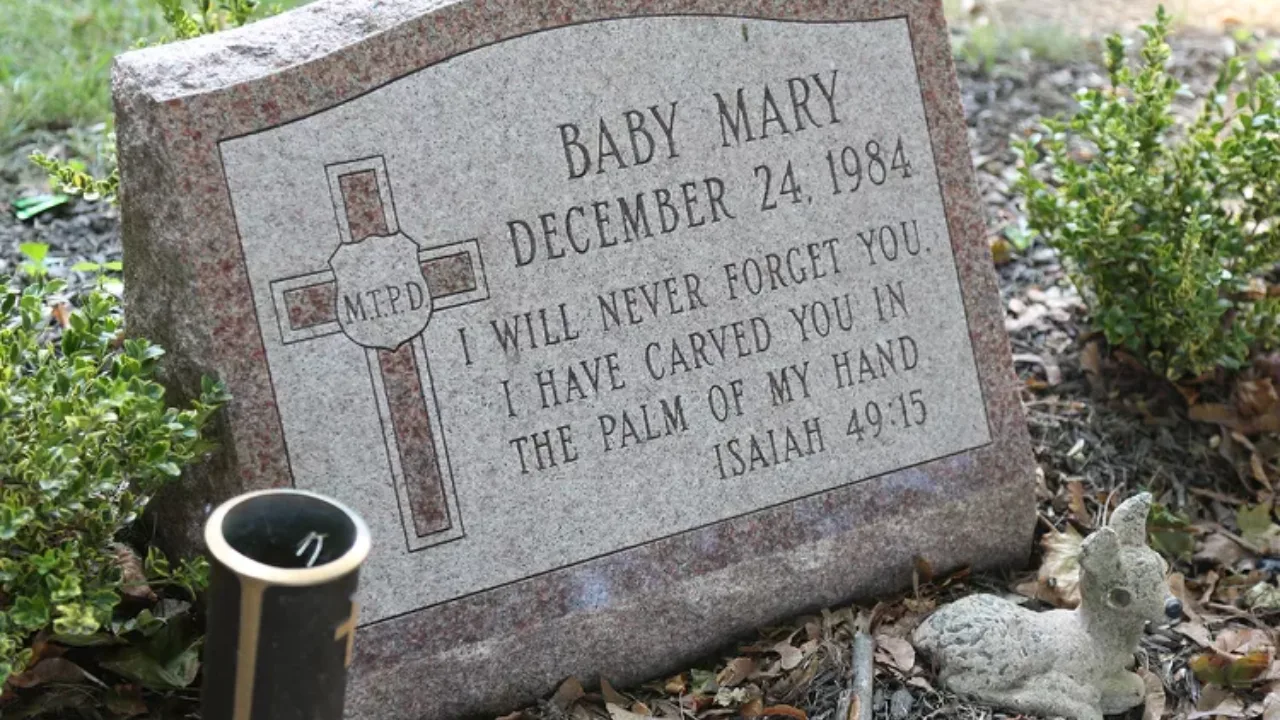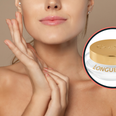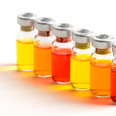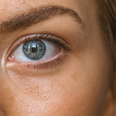Over the last few years, I’ve become more aware of how quickly melanoma can occur.
I’ve always had very fair skin that’s prone to burning so skin cancer has always been a concern to me, but in 2016 it became even more of a worry.
Early in 2016, my aunt was diagnosed with melanoma.
Less than a year later my mother would also be diagnosed with melanoma. Neither of them are sunbathers and in fact usually, actively avoid sun exposure altogether so it brought home how easily it can occur.
May is melanoma awareness month and while there is no sure fire way to prevent any type of cancer, these tips are a good place to start when it comes to protecting your skin.

Seek the shade, especially between 10 AM and 4 PM particularly in the summer-time as this is when you are most likely to burn. It is especially important to keep children shaded from the sun at these times.
Avoid tanning and never use UV tanning beds. Sun beds while popular are one of the main contributing factors when it comes to melanoma. For a year-long tan opt for a faux glow by spray tanning or applying fake tanning lotions.
Cover up with clothing, including a broad-brimmed hat and UV-blocking sunglasses. The thin skin around the back of your neck and eyelids are very sensitive to the sun and often places that we miss with sun cream so covering them up in other ways is important.

Wear creams containing sun protection every day, even when it’s not sunny. UV damage can occur even on overcast days so it’s best to always wear lotions and lip balms containing UV protection. I always keep my CeraVe facial moisturising lotion and Burt’s Bees lip balm in my bag when I’m out and about.
Apply 1 ounce (2 tablespoons) of sunscreen to your entire body 30 minutes before going outside on very sunny days. Reapply every two hours or after swimming or excessive sweating.
Examine your skin head-to-toe every month and see a dermatologist is you feel like there have been any changes to your skin. It’s particularly important to check moles and seek medical advice if you feel that they have changed in size or colour.
For more information on melanoma or cancer prevention, you can visit the Irish Cancer Society’s website at www.cancer.ie.
